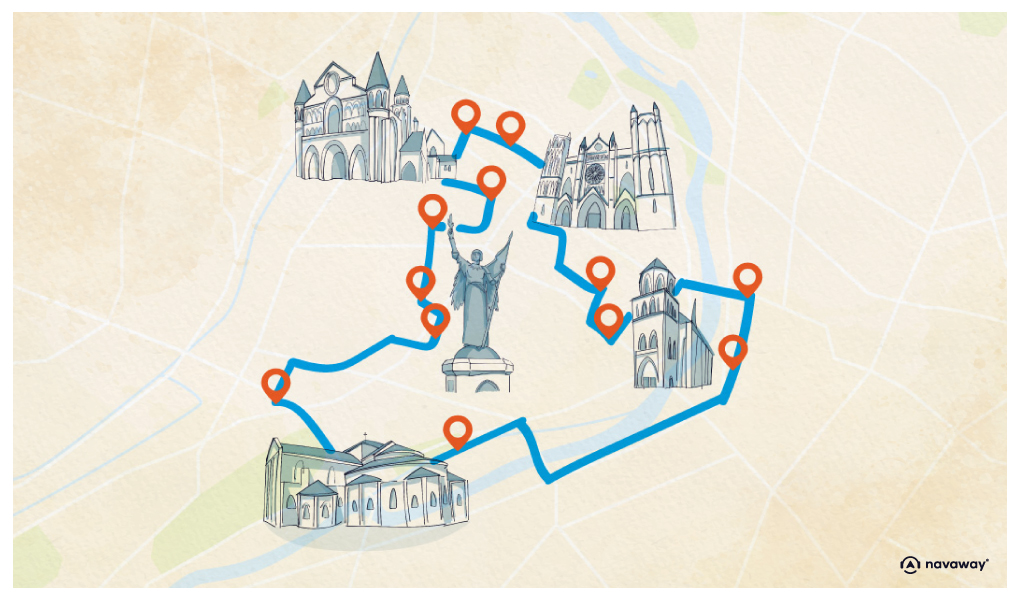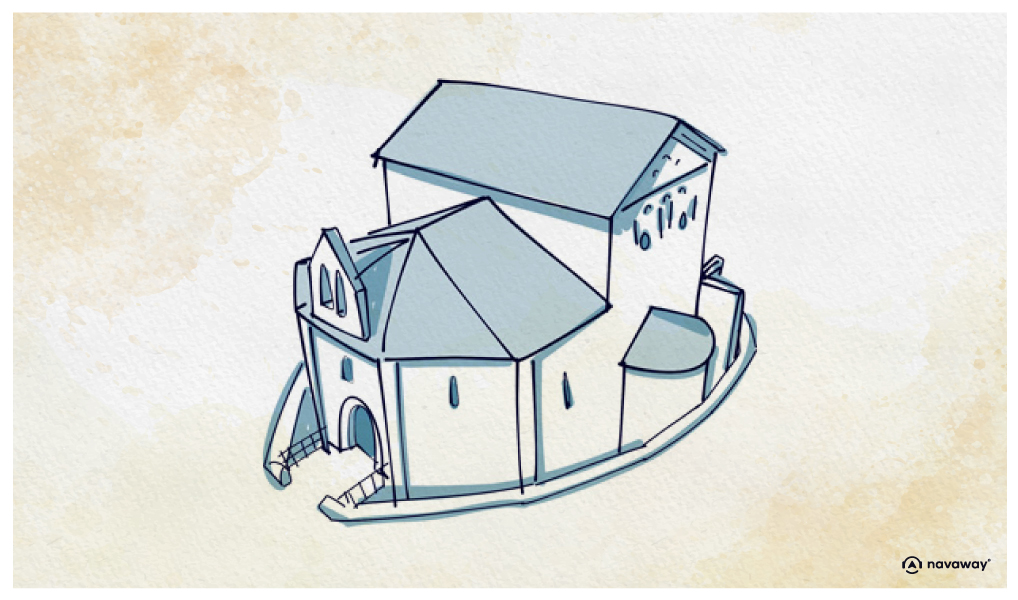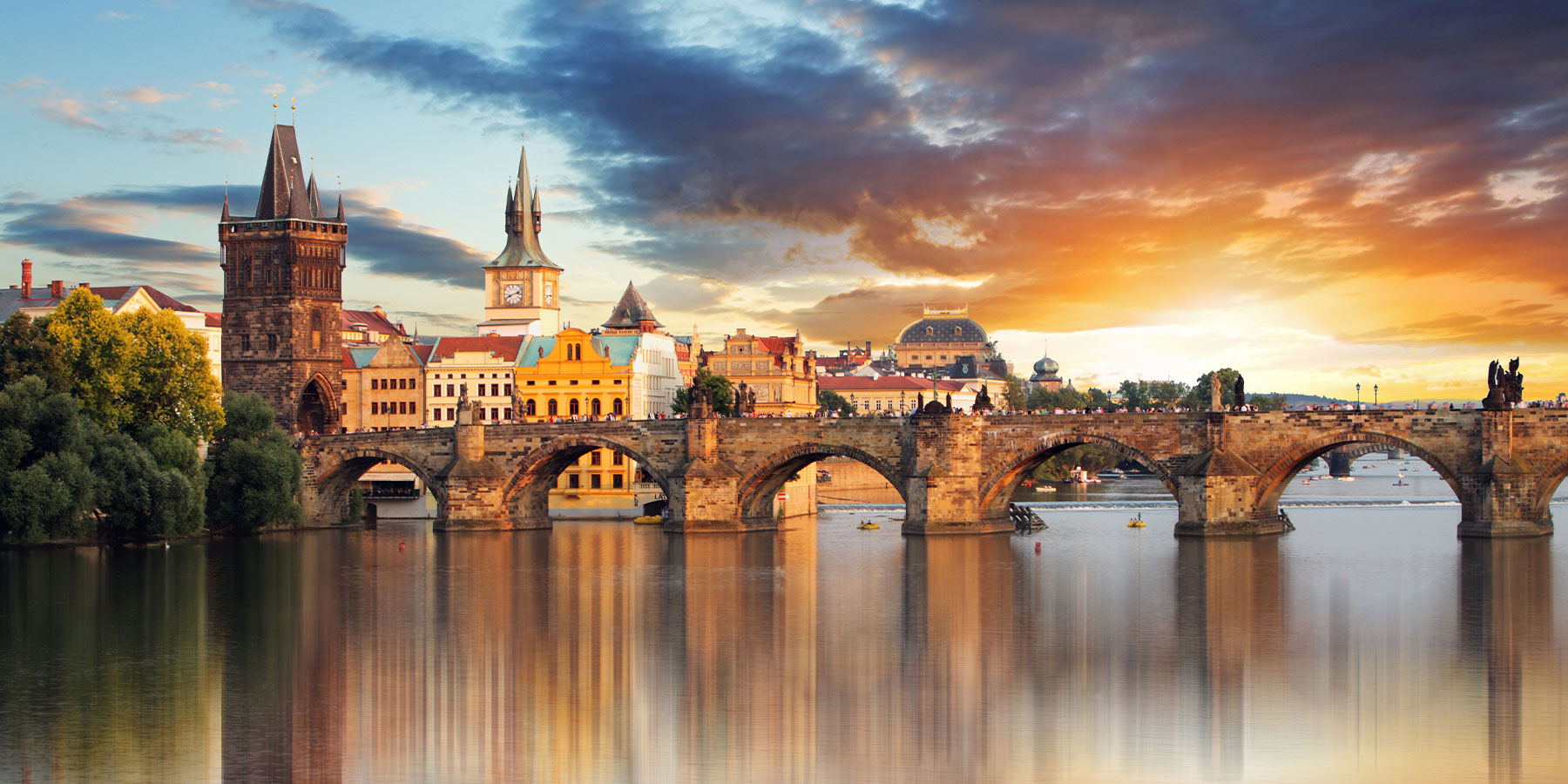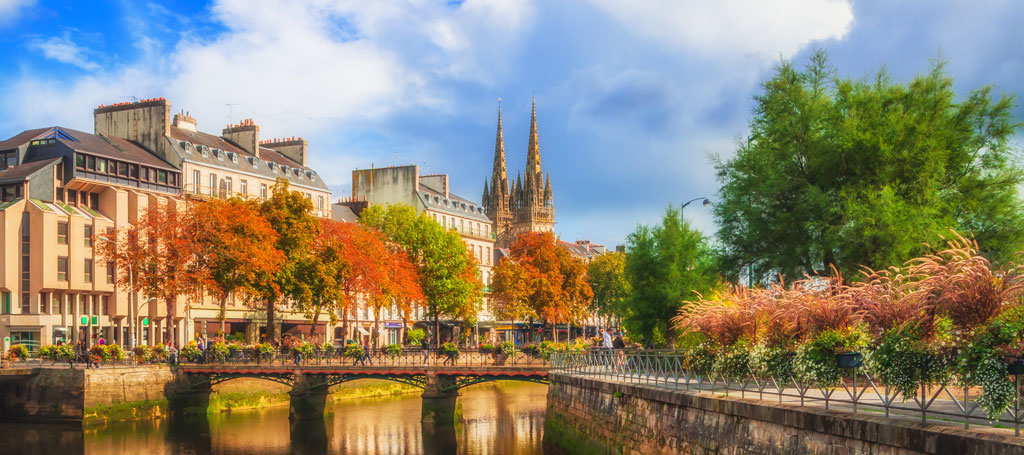
Saint-Jean Baptistery

This point of interest is available as audio on the tour: Visit Poitiers, The wonders of Poitou
Beware, you are approaching a rare and precious building. The Saint-Jean Baptistery is one of Europe’s earliest religious monuments. The building symbolises the arrival of Christianity as an official religion in France. It dates back to the 4th century and almost disappeared in the 19th century. In 1835, plans were made to build a road to extend the Pont-Neuf, but the Baptistry stood right in the way! It was therefore decided to demolish it completely. The French government, influenced by the National Property Conservation Society, intervened to buy it back and save it from demolition. It became a protected historic monument in 1846. The exterior is already quite impressive, but the interior is nothing short of spectacular. In the centre is the main attraction: the octagonal baptismal pool dating from the 5th century. In the early days of Christianity, people weren’t baptised the way they are today. It was based on the baptism of Christ as described in the Gospels, that is, by full immersion. This procedure was practised until the 8th century. The baptistery was then converted into a parish church named Saint-Jean-Baptiste in memory of its original function. The paintings displayed here once covered the entire walls of the baptistery. They date from several periods and now include Gothic frescoes superimposed on 11th-century frescoes. The site also houses an incredible collection of Merovingian sarcophagi. The whole complex is a cultural and architectural treasure trove that is a must-see for enthusiasts. There is a small entrance fee, but the site is open from 10.30am to 12.30pm and 2pm to 6pm in summer and only in the afternoon in winter. If you want to come back for a more in-depth visit, make sure you know the opening hours.


Discover Poitiers with app
An interactive guide through the most beautiful streets, squares, and districts
16 fun audioguides full of historical facts, anecdotes, and legends





Comments